Xanthoma Versus Xanthelasma – A Clear Distinction
Xanthoma Versus Xanthelasma – A Clear Distinction
You are in that quiet, late-night space where worry and a search engine meet. Your fingers type in a description of the yellowish patches on your eyelids, and you are plunged into a world of confusing, similar-sounding medical terms. Two words surface again and again: xanthoma and xanthelasma. They look alike. They sound alike. The line between them feels blurry and indistinct, and that lack of clarity is unsettling.
Is one a more serious version of the other? Is it a typo? This simple question of terminology can create a significant amount of anxiety, because getting the name wrong feels like you are getting the entire diagnosis wrong. It is time to draw a sharp, clear line in the sand. Understanding the precise relationship between these two words is not just an exercise in vocabulary, it is the foundational step in demystifying your condition, empowering your conversations with doctors, and reclaiming control over your own health narrative.
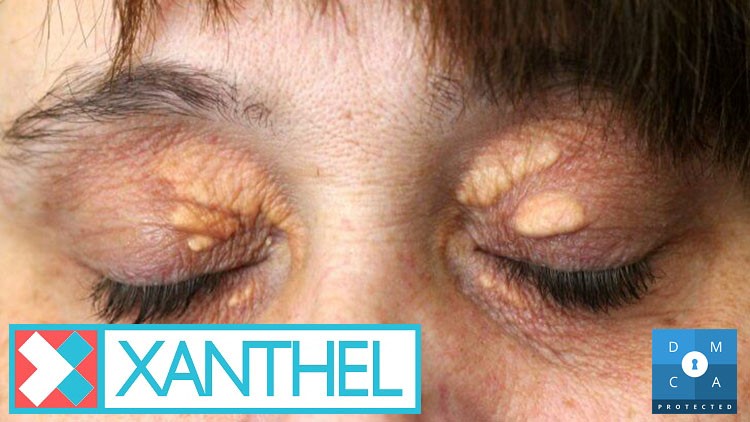
The Family Name: Understanding the Broad World of Xanthomas
The easiest way to understand the distinction is to start with the bigger picture. Think of “xanthoma” as a general family name, like “Smith” or “Jones.” A xanthoma is a skin condition defined by a deposit of fatty substances, mostly cholesterol, that builds up underneath the skin. The name is a direct clue, originating from the Greek “xanthos,” which means “yellow,” describing the characteristic color of these deposits.
The most important thing to know about the xanthoma family is that they are not picky about where they live. These lipid deposits can appear in many different places on the body. They are a physical sign that the body may be having difficulty processing and managing fats, often pointing to an underlying metabolic issue such as high blood lipid levels, a condition known as dyslipidemia. The presence of any type of xanthoma is a compelling reason to seek a medical evaluation.
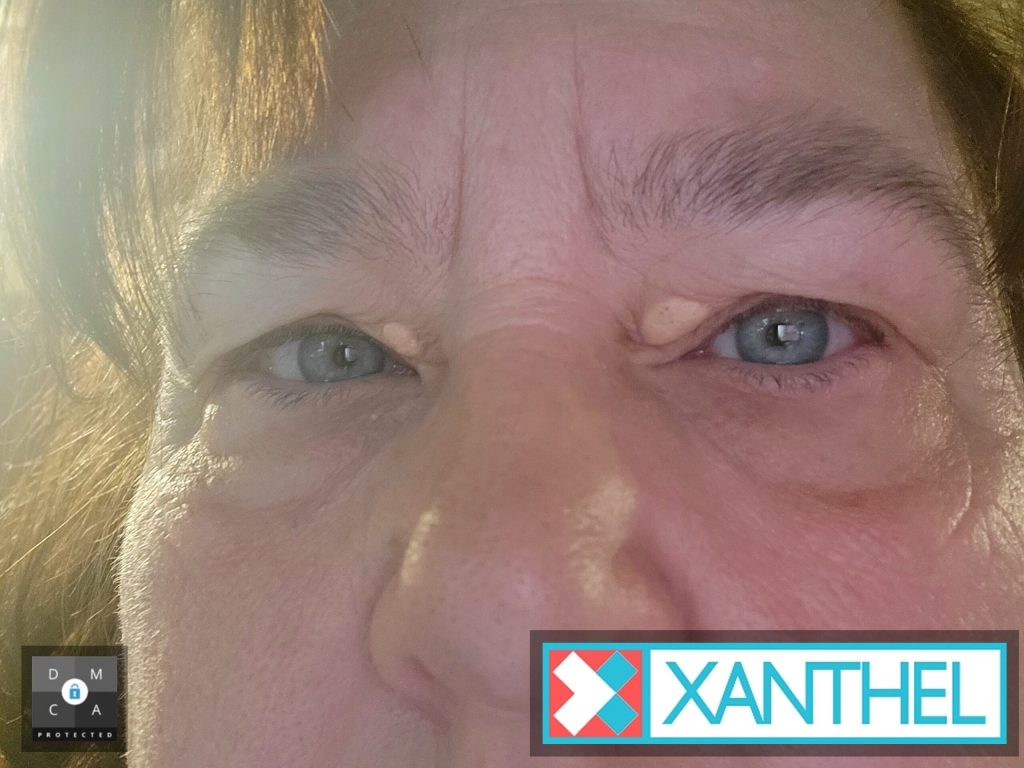
The Specific Member: Zeroing in on Xanthelasma
Now, let us zoom in on one specific member of this family. If “xanthoma” is the family name, “xanthelasma” is the name of the most well-known individual in that family. A xanthelasma is, quite simply, a xanthoma that occurs exclusively on or around the eyelids. The second part of its full clinical name, xanthelasma palpebrarum, makes this crystal clear, as “palpebrarum” is derived from Latin and means “of the eyelids.”
So, the material is the same, a collection of fat-laden cells that create a soft, yellowish plaque. But the identity is defined entirely by the location. All the features you associate with those deposits on your eyelids, the soft texture, the slow growth, the tendency to be symmetrical on both sides, are the signature traits of this very specific, very common type of xanthoma.

The Unbreakable Rule of Distinction: All Xanthelasmas Are Xanthomas
This is the single most important concept to grasp. It is the simple, elegant rule that resolves all the confusion. All xanthelasmas are, by definition, a type of xanthoma. However, the reverse is not true. Not all xanthomas are xanthelasmas.
It is the exact same logic as saying that all poodles are dogs, but not all dogs are poodles. “Xanthoma” is the broad category, and “xanthelasma” is a specific, well-defined member within it. The xanthoma family has other members, each with its own preferred location and appearance. Knowing a little about them helps to solidify why the term xanthelasma is so specific and useful.
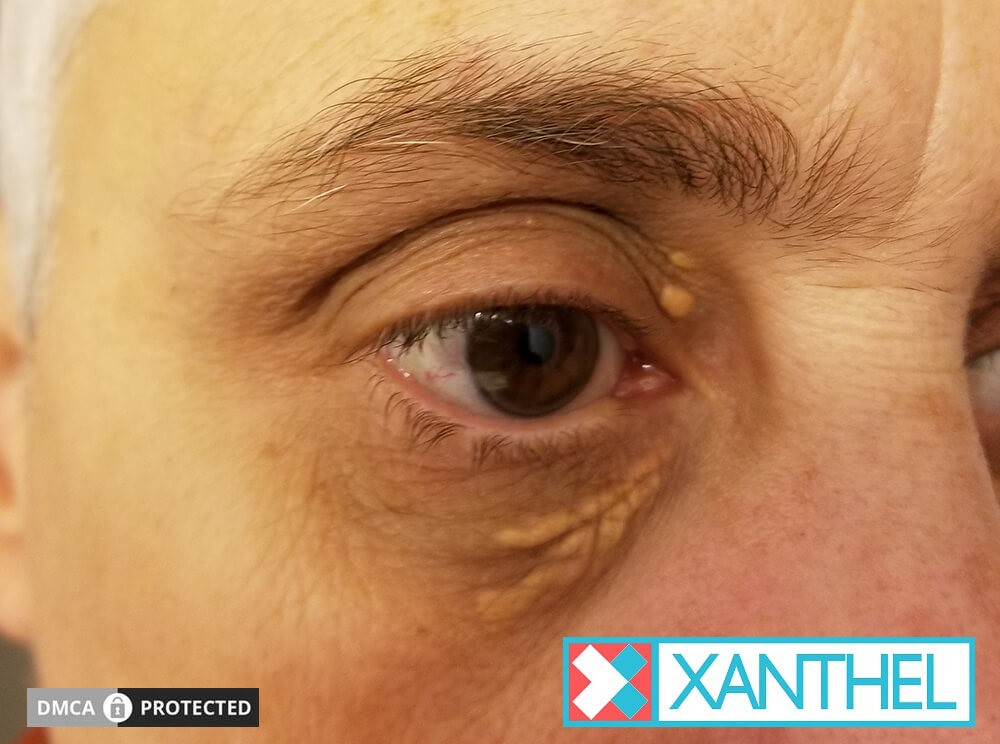
Beyond the Eyelids: A Tour of Other Xanthoma Types
While xanthelasmas are the most common presentation, other different types of xanthomas can appear on the body, and their presence can offer important clues to a physician.
- Tuberous Xanthomas: These are typically larger, firmer, and sometimes reddish-yellow nodules that appear over joints, especially the elbows and knees.
- Tendinous Xanthomas: These are firm, slow-growing nodules that attach to tendons. They are most frequently found on the Achilles tendons at the back of the ankles and on the tendons of the hands.
- Eruptive Xanthomas: This type appears as a sudden breakout of many small, yellow bumps, often with a red halo around their base. They commonly appear on the buttocks, shoulders, and the surfaces of arms and legs.
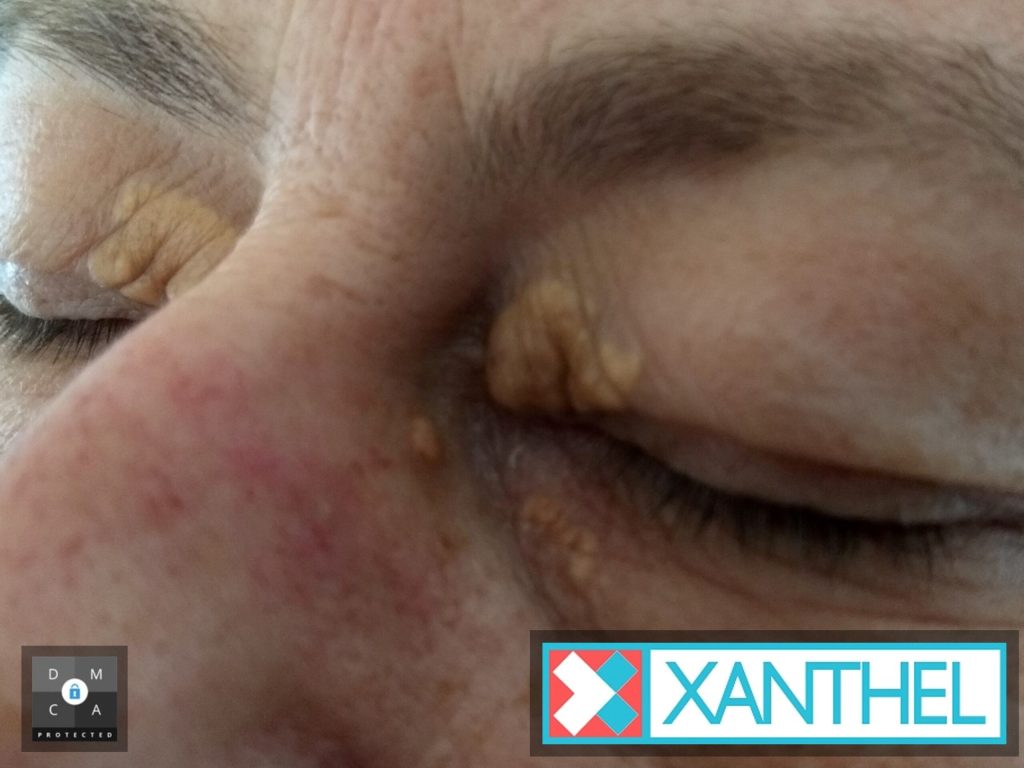
Why This Clarification Is More Than Just Words
Making this distinction is not just about being medically precise, it has crucial, real-world implications for your health and peace of mind.
Firstly, it dramatically simplifies your situation. If you have yellowish, fatty plaques located only on your eyelids, the correct, specific term is xanthelasmas. This allows you to focus your research and your conversations with your doctor. You are not dealing with a vague, body-wide condition, you are dealing with a very specific manifestation.
Secondly, it reinforces the need for a professional medical diagnosis. While any xanthoma is a reason to have your cholesterol checked, the presence of certain types, like tendinous or tuberous xanthomas, can sometimes indicate more severe, genetically inherited forms of underlying cholesterol disorders. Only a doctor can accurately diagnose the specific type and order the necessary tests to understand the full picture of your lipid health. This is a non-negotiable step, as these plaques can be the first visible sign of a risk for cardiovascular disease.
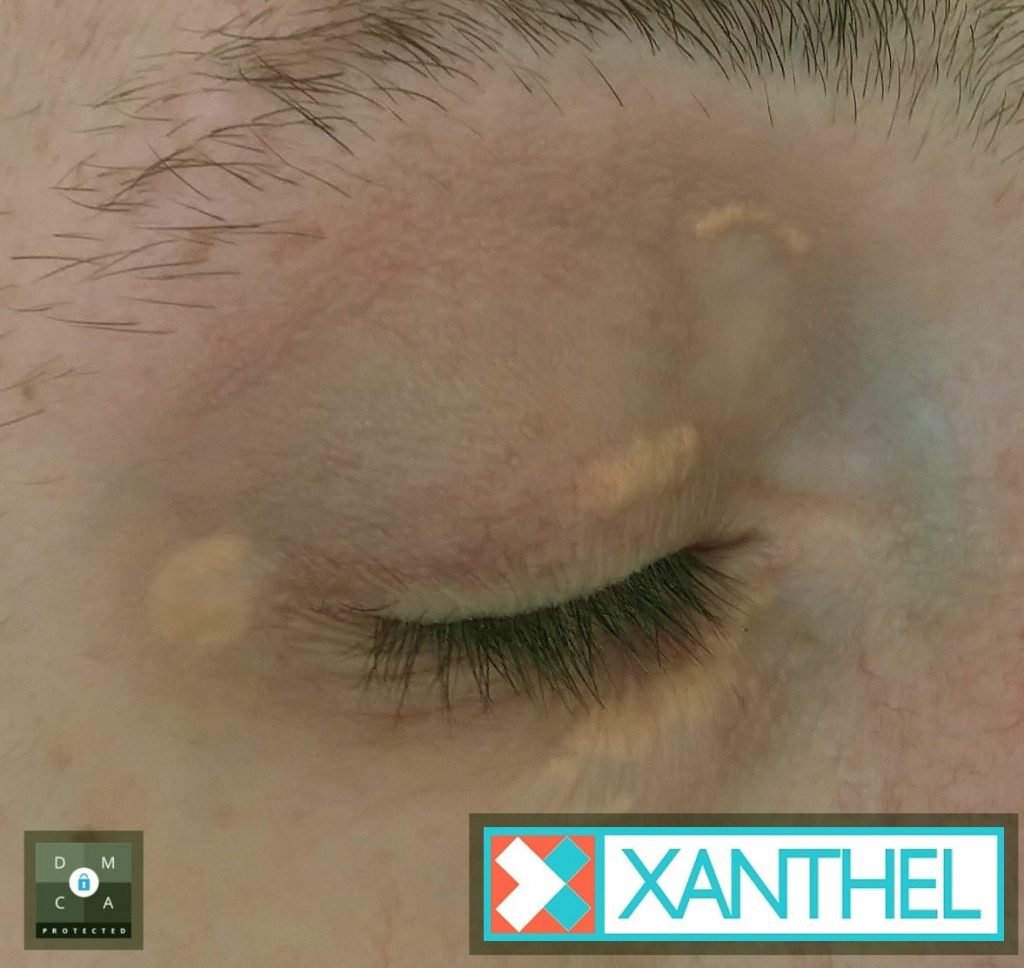
The Power of a Correct Name
There is a profound psychological release that comes with clarity. The anxiety of the unknown can be overwhelming, trapping you in a cycle of worried searching and confusing information. To be able to correctly name your condition, xanthelasma, is to take back power. It transforms a shapeless fear into a defined, understandable concept. You are no longer lost in a sea of medical jargon. You have a name, you have a definition, and from that solid ground, you can begin to make choices.
The emotional relief of this clarity cannot be overstated. It quiets the noisy internal monologue of “what ifs” and allows you to focus on the reality of the situation and the path forward. It is the end of confusion and the beginning of action.
Now that you have the correct name, xanthelasma, and understand its place in the broader context of xanthomas, the question naturally shifts from “What is this?” to “What do I want to do about its appearance?” For those who have confirmed their health status with a doctor and are now focused on the cosmetic aspect, the path forward becomes clear.
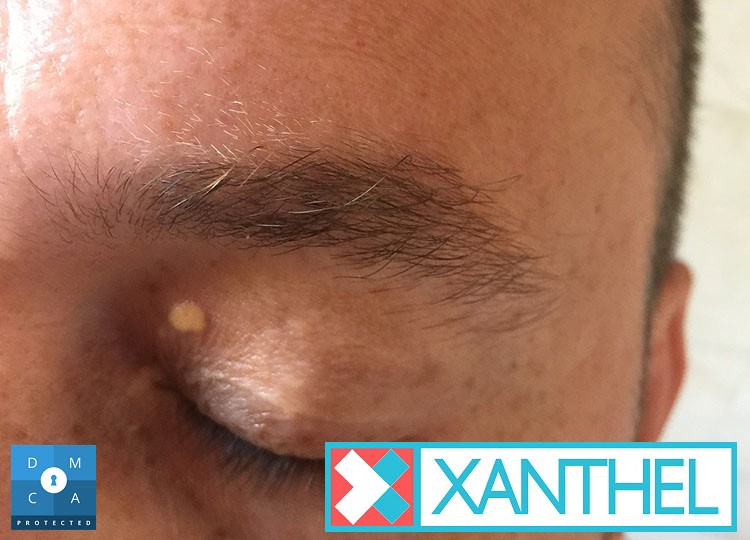
With the correct name comes the power to choose a correct solution. Xanthel ® Gel is a product designed with this exact precision in mind. It is a professionally formulated gel created specifically for the cosmetic management of xanthelasmas. There is no confusion, no ambiguity. It is the right tool for the right job.
Engineered for at home application, Xanthel ® Gel puts the power of action directly into your hands. Our specialized formula works directly on the plaques, helping to visibly diminish their yellowish appearance and restore the smooth, even look of your eyelid skin. For many of our clients, a single application provides the significant cosmetic improvement they have been hoping for. Formulated to be effective for all skin tones and delivered free, worldwide, Xanthel ® is the definitive choice for those who are ready to move beyond diagnosis and toward a solution. You have found your clarity. Now, find your confidence.

Xanthel ® Cosmetic Gel
A focused cosmetic gel formulated specifically to improve the appearance of eyelids bearing xanthelasma plaques. Its composition is selectively designed for cosmetic impact across all skin tones, offering a straightforward, at-home option for managing the look of these blemishes.
A Singular Application
The power of Xanthel ® is in its simplicity. It is formulated for a single, one-time cosmetic application. This focused approach is designed to visibly diminish the appearance of xanthelasma plaques, removing the need for daily or repeat uses.
Legal: This product is for cosmetic use only. Not intended to diagnose, treat, cure, or prevent any medical condition. Consult a healthcare professional regarding skin conditions. Xanthel ® is custom-formulated based on your plaque characteristics, age, and skin tone to ensure optimal cosmetic effectiveness for your xanthelasma.